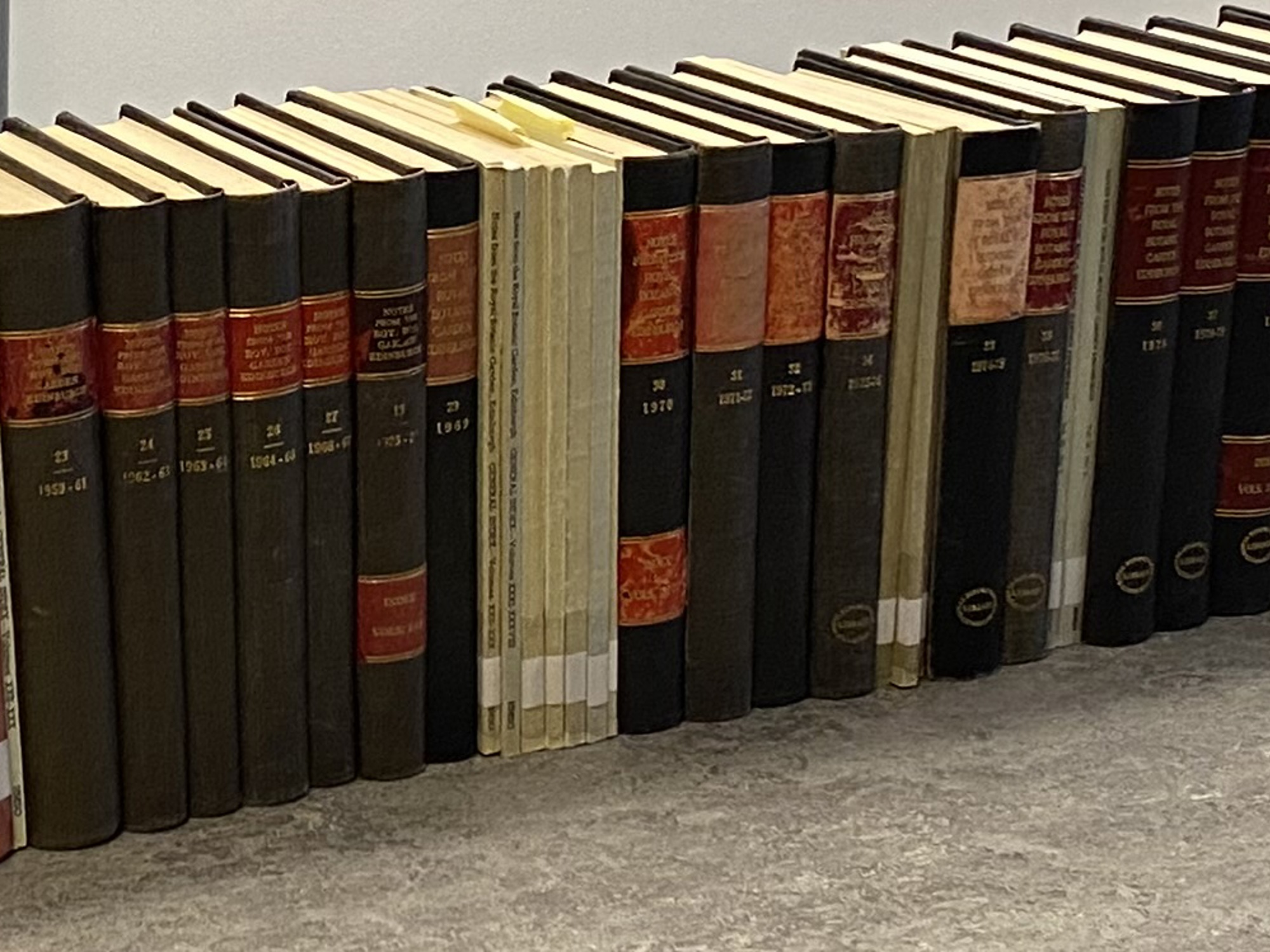The release of 1,831 scientific papers dating back 125 years – on the internet and free of charge - is being hailed by the international research community as a “game changer”.
Made available on completion of a five-year project at the Royal Botanic Garden Edinburgh, the papers cover everything from the mycology of Beatrix Potter to the first research paper of Edwardian plant hunter George Forrest and early concerns around plant health issues.
Included in the papers from the Edinburgh Journal of Botany and its forerunner Notes from the Royal Botanic Garden Edinburgh are 7,681 protologues, introductions to new species not previously described scientifically.
To make such a significant back catalogue open access and to be committed to continuing the practice is breaking the mould that many other Journals currently follow of providing access to papers with pay walls, requiring a fee or subscription.
Dr Peter Wilkie, the journal’s Editor-in-Chief explained the motivation behind the shift: “At a time when biodiversity is under increasing threat, we need to act quickly. Royal Botanic Garden Edinburgh is a truly global institute and, dating back to 1670, the knowledge amassed from international partnerships is considerable.
“Since taking up this post in autumn 2020, my priority has been to switch production of the journal to an online-only Diamond Open Access model, free from charges for authors and readers, and for it to be managed and published in-house. To make this scientific data freely available is an important step in helping accelerate research and providing resources for all, irrespective of where in the world you are.”
Professor Dr Adil Güner, Editor-in-Chief of The Illustrated Flora of Turkey Project, based in Istanbul, has said: “Having these scientific papers freely available is an invaluable resource for us in preparing The illustrated Flora of Turkey. This is particularly important to a wide range of researchers who need access to the wealth of information on the Turkish Flora, and that of our neighbouring countries, contained in these volumes but who do not have easy access to the large botanical libraries in Istanbul.”
Today, the journal provides global coverage of all groups of plants and fungi and is a particularly valued forum for research on Southeast and Southwest Asia, Sino-Himalaya and Brazilian biodiversity. It also publishes important work on European, Central American and African biodiversity and encourages submissions from throughout the world. Its user numbers can now go beyond all previous hope.
Dr Bhaskar Adhikari, from Nepal, a research scientist at Edinburgh specialising in the biodiversity of Asia, concluded: “The digital archive is a game changer, not just for botanists in Bhutan but also Nepal and India. They will be so excited to hear they can now access these papers online.”

